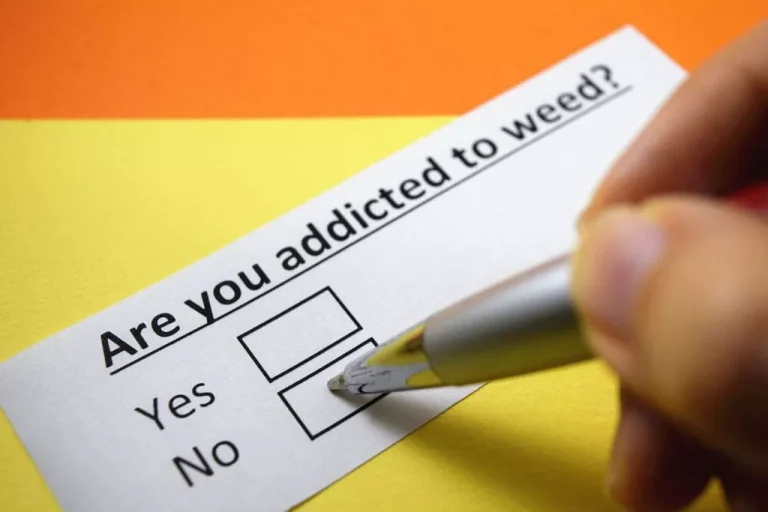It is influenced by the person’s weight, the amount of alcohol they drank, and how quickly. Diagnosing intoxication often involves observation, a physical exam, and verification of events by others. Breath and blood tests measure the levels of alcohol and other substances in the body. Alcohol abuse treatment can address the physical, emotional, and behavioral aspects of problematic drinking and regain control over your health and well-being. Recognizing the characteristics of each of the stages of being drunk can help you seek immediate medical assistance when necessary and help you identify the need for substance abuse treatment. People with a BAC of 0.45 or higher are at serious risk of death due to respiratory depression and loss of other vital bodily functions.
The Progression and Phases Involved in Getting Drunk
Predicting which individuals will become violent after consuming alcohol in real-world settings remains elusive, however. This may be attributable partly to the tenuous relationship between alcohol-induced aggression in the laboratory and real-world alcohol-induced violence. In addition, researchers ethically cannot induce true violence in the laboratory. Such research in humans also poses problems, because difficulties arise in measuring underlying etiological mechanisms, such as variations in the activity of key chemicals in the brain and inherent biochemical differences that exist among people.
Difficulties in Studying Alcohol-Induced Aggression in Humans.
At this stage, alcohol inhibits your brain so much that it cannot maintain the functions needed to keep you alive. While death may be avoided with a BAC this high if you are on life support equipment, this level of medical care will need to be in place well before you reach this level. If a person is showing symptoms of alcohol poisoning, emergency services should be contacted immediately. Certain factors and personality traits may predispose people to alcohol use disorder.
What Influences BAC Levels?
The stages of intoxication differ from person to person because in which stage of intoxication does an individual become aggressive or withdrawn and sleepy they’re based on age, sex, weight, and other factors. If you think someone is experiencing alcohol poisoning, seek emergency medical attention immediately. As the delirium progresses, resting tremor of the hand develops, sometimes extending to the head and trunk. Symptoms vary among patients but are usually the same for a particular patient with each recurrence.
Get Addiction Help Now
You may start with verbal sparring and even work your way up to throwing a punch. This is where your friends and family members back away or suggest you slow down. If you’ve ever been around a young child who’s overly tired and cranky, you know the consequences of saying “Honey, you’re feeling cranky now because you’re tired,” right? The unfortunate person who suggests that you slow down or leave the situation will probably get the drunken adult version in response.
What are the Different Stages of Alcohol Intoxication?
The Centers for Disease Control and Prevention estimates excessive alcohol use causes approximately 88,000 deaths annually in the United States. Note that a BAC of 0.08 percent is the legal limit of intoxication in the United States. A person can be arrested for driving with a BAC above this limit. If you’re interested in learning more about these skills and tools, or are considered enrolling in our alcohol rehab, give us a call at . Severe intoxication can lead to a loss of consciousness or even death. John C. Umhau, MD, MPH, CPE is board-certified in addiction medicine and preventative medicine.
- Repeated CSF samples can be readily obtained in a highly controlled fashion to assess subjects longitudinally.
- Scaling these risky BAC thresholds is not as difficult as some might think.
- Maladaptive reasons for drinking, such as drinking as a coping mechanism (e18), and the assumption that aggression is an acceptable form of social interaction (e19), also play a major role.
- Also known as drunkenness, alcohol intoxication is the negative behavior and physical effects caused by drinking alcohol.
- If a person has generally consumed two to three drinks as a man or one to two drinks as a woman in an hour, they’ll enter the euphoric stage of intoxication.
The Seven Stages of Intoxication
Emergency medical attention is necessary at this point to avoid death and severe health problems. People in this stage of intoxication are very likely to forget things happening around or to them. They might “black out” without actually losing consciousness and may not be able to feel pain. If https://ecosoberhouse.com/ a person has consumed one or less drinks per hour, they’re considered to be sober, or low-level intoxicated. Animal studies have shown that appropriate environmental input during developmental periods is essential for the normal development of the CNS (Black et al. 1989; Greenough 1987). Primate societies are explicitly structured to assure that infants receive such input.
What Is a Standard Drink?
Studies with animal models have helped delineate how alcohol affects aggression and the mechanisms that induce these changes. For example, using a rodent model, Miczek and colleagues (1993) showed that alcohol’s effect on aggression is dose-dependent, increasing aggression at low dosages, but decreasing it at higher dosages. This study showed that these effects are not universal, but that wide differences exist between individuals in the effects of alcohol on aggression. The authors found that the same dose of alcohol increased aggression in some subjects, decreased aggression in other subjects, and had no effect on some other subjects. Alcohol’s effect on aggression was found to be a stable, traitlike response (i.e., the effect was consistent for a given individual, like gregariousness is a personality trait that is stable between situations and across time).
What is Alcohol Intoxication?
In extreme cases, serious breathing issues can occur.8 Other dangers include a higher risk for injury from fights or accidents. If you find yourself drinking too much, unable to stop drinking, or have reached the latter stages of intoxication on a regular basis, the best time to get help is now. At Purpose Healing Center, we can help you achieve a safe withdrawal and long-lasting sobriety. A person’s intoxication level is measured by their blood alcohol concentration (BAC). When people drink alcohol, it passes through the stomach and into the small intestine. Also known as drunkenness, alcohol intoxication is the negative behavior and physical effects caused by drinking alcohol.
Pathophysiology of Alcohol Toxicity and Withdrawal
The information on this website should not be taken as medical advice for any individual case or situation. This information is not intended to create, and receipt or viewing does not constitute, a doctor-patient relationship. Treatment should focus on giving patients the education, tools, and support they need to detox safely, get sober, and maintain long-term sobriety.





